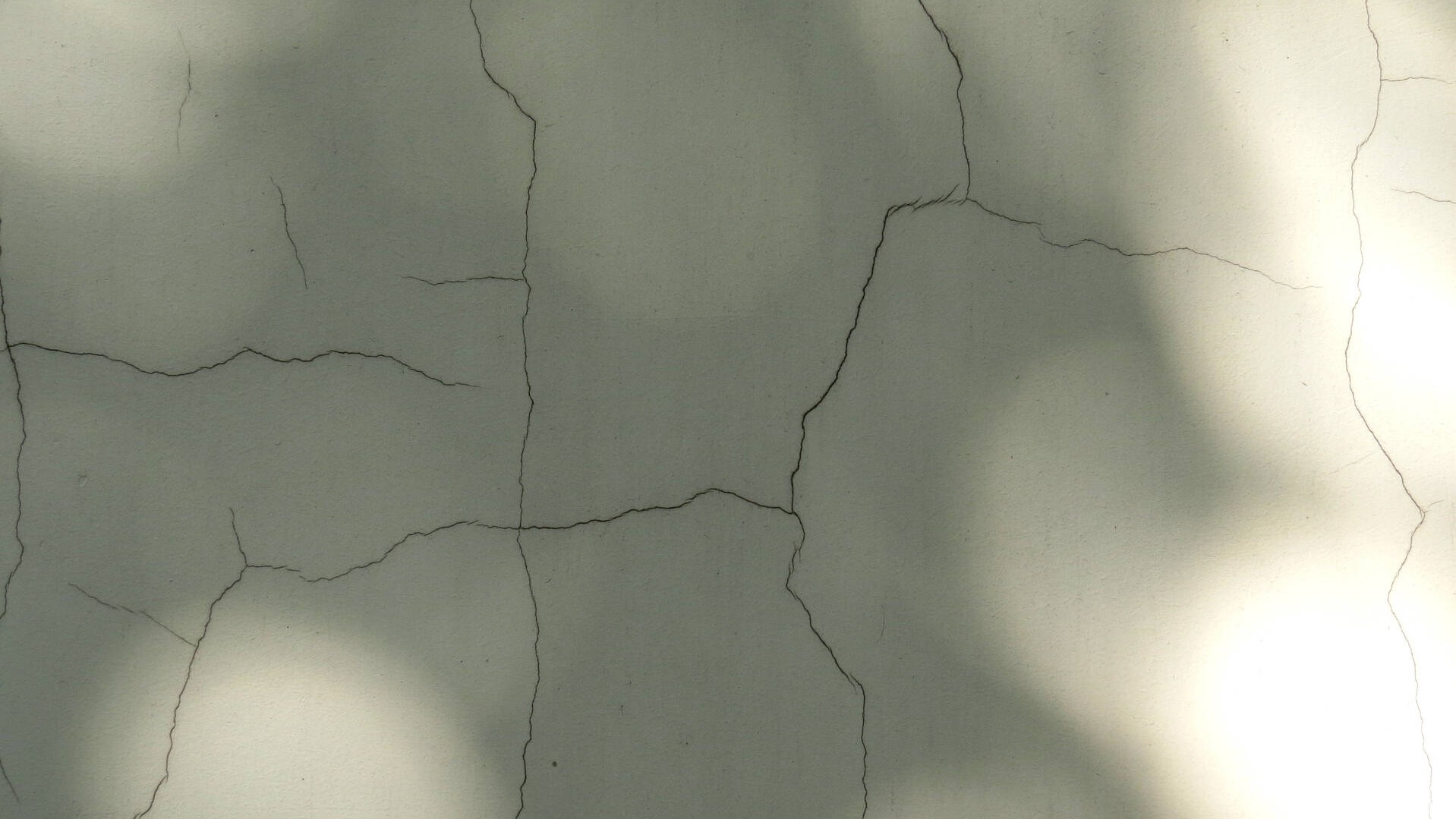
It is common to run the drywall up to the window or door frame where it will later be covered with molding and trim. Sometimes an extra stud must be added to accomplish this, especially for inside corners.įraming around windows and doors must also provide a fastening surface for drywall. Prior to drywalling, make sure the walls are flat and the framing is true.Īnother important framing consideration, prior to attaching drywall, is that all end joints must be supported. If they are not, fix the problem before beginning the project. Simply stretch the string across the face of the wall – in several places – to see if all studs are on the same plane. Use a string to help determine how true your walls are before hanging drywall. This can be accomplished with a hand-held planer for bowing, and with the use of shims for cupped framing. Studs or rafters that have a bow or cup must be worked to make them flat. Part of the secret of a successful drywall project lies in installing over walls that are flat, and this means the framing must be true. The long edges on all drywall are tapered slightly to help in the finishing process. The standard and most common size is a 4-by-8-foot sheet but also available are 4-by-10, 4-by-12 and 4-by-14 feet. Thicknesses include 1/4 inch, 1/2 inch and 5/8 inch. Several types of drywall are available, including standard drywall, waterproof drywall and even bullet proof drywall. In remodeling, drywall can be hung over any flat surface including existing wall coverings and cinder block and masonry walls, as long as firring strips are installed first.

In new construction, dry wall is hung directly on the wall studs.


Additional, but not necessary tools include spiral saw, screw gun, 4-foot T-square, drywall saw, power pole sander, stilts (for ceiling work), panel lifter and power mixer. These include a measuring tape, chalk line, utility knife, a selection of broad knifes, inside corner tool, spackle tray, key hole saw, sponge, Surform Tool, sanding pole, tin snips and drill. Part of the beauty of drywall is that it can be installed with a few common and inexpensive hand tools.

Other benefits include some sound proofing and insulation value. It is neutral and can be covered with paint, wall paper or wood paneling easily. It is an inexpensive wall covering that goes up quickly.


 0 kommentar(er)
0 kommentar(er)
